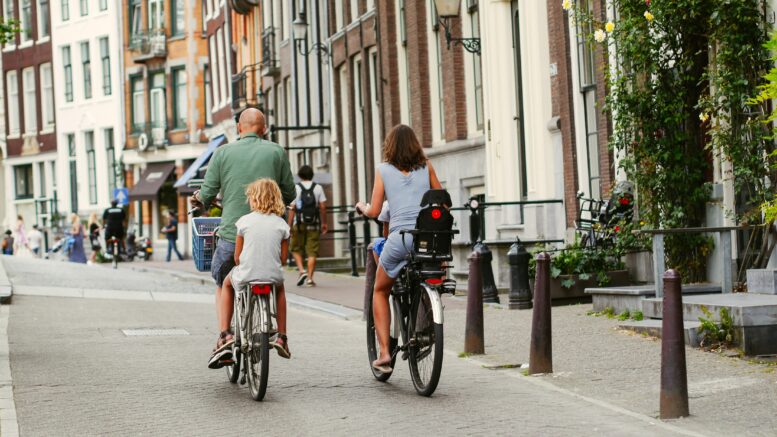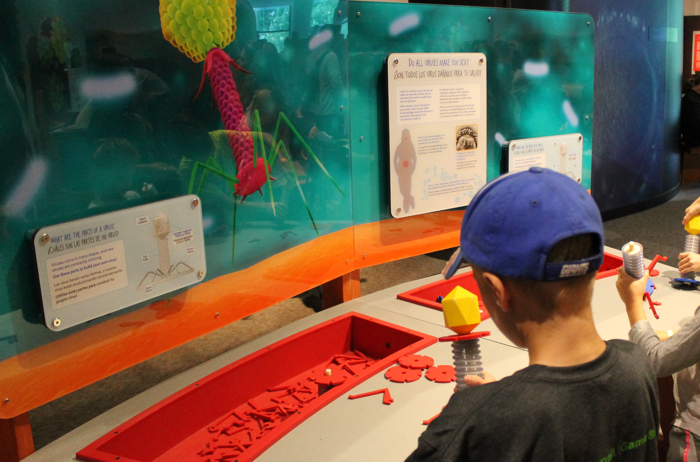Cycling as a family creates some of the most memorable outdoor adventures. Yet behind these carefree images lies an important responsibility: keeping everyone safe while pedaling together.
Family bike outings require more than just enthusiasm and the right equipment. Parents must find a balance between encouraging independence and ensuring proper safety measures are in place. From selecting age-appropriate bikes to teaching essential road awareness, the preparation that goes into family cycling directly affects how enjoyable and worry-free these adventures become.
Planning neighborhood rides or aiming for ambitious cycling vacations means learning how to protect younger riders and lays the groundwork for positive experiences. With thoughtful preparation, family biking can become a cherished activity that builds confidence, creates lasting memories, and encourages healthy habits that children may carry into adulthood.
Essential Safety Equipment for Family Cycling Adventures
Before heading out, each family member needs properly sized equipment and reliable safety checks. Selecting the right bike for each rider helps prevent accidents. For added security, parents should buy bike insurance online, protecting their investment and addressing mishaps on and off the road. Check that feet touch the ground when seated and verify lights and legally required equipment before each ride.
Correct sizing helps reduce the chance of falls. Bikes that are too large or small can lead to poor handling, making injuries more likely. Young children can start with balance bikes first, moving to pedal bikes when ready. Being visible to drivers is important for safety. Choose light-colored clothing and add reflectors to bikes, especially in low light. Early mornings and evenings require bike-mounted lights with fresh batteries.
Simple gadgets keep families in contact while riding. Bells or horns ensure riders can warn others about hazards. Comfortable, weather-appropriate clothing with added layers supports safe rides regardless of changing conditions throughout the year.
Child-specific accessories provide extra protection for young riders. Safety flags increase visibility, especially for smaller bikes that drivers might otherwise miss. Training wheels offer stability for beginners learning balance. Parent handles attach to children’s bikes, allowing adults to provide guidance without taking over completely.
Helmet Safety Standards and Proper Fitting Techniques
Helmets must meet recognized certification standards like CPSC (Consumer Product Safety Commission) or ASTM to ensure adequate protection. Always check for these standards when purchasing helmets for family members.
Proper fitting involves several key steps. The helmet should sit level on the head, not tilted back or forward. Straps should form a V under each ear, with the buckle centered under the chin. When buckled, you should be able to fit only one finger between the strap and chin. The helmet should not move more than an inch in any direction.
Replace helmets after any strong impact, even if damage isn’t visible. The protective foam compresses during impacts, reducing future effectiveness. Many manufacturers suggest replacing helmets every few years due to material degradation from sun exposure and regular use.
Helmet laws vary significantly by location. Some regions require helmets for all cyclists, while others mandate them only for riders under specific ages. Research local regulations before traveling to new cycling destinations to ensure your family remains compliant with regional requirements.
Teaching Children Cycling Skills Before Your Trip
Skill development should match each child’s maturity and confidence. Early practice works best in traffic-free spaces like quiet parks or empty car parks. Balance bikes offer toddlers a low-risk way to gain coordination. Pedal bikes come next, with ongoing supervision and simple coaching.
Key movements — starting, stopping, and turning — need regular practice in calm environments. Teaching hand signals through demonstration prepares children for safer riding as they grow. Short, focused sessions help these skills become automatic.
Group riding introduces spacing and verbal communication. Children should maintain distance and watch for changes ahead. Shared phrases for road hazards help all riders respond quickly to possible dangers.
Building confidence requires positive reinforcement and gradual challenges. Start with simple achievements like riding in a straight line for 10 seconds. Celebrate small victories to encourage persistence. Create achievable goals that gradually increase in difficulty, allowing children to experience success while gaining new abilities.
Family-Friendly Practice Routes and Progression Plans
Begin with completely traffic-free environments where children can focus solely on bike handling.
Create mini-challenges appropriate to each child’s ability. Simple slalom courses using water bottles develop steering precision.
Gradually increase route difficulty as skills improve. Short neighborhood loops with minimal road crossings come before longer journeys.
Planning Bicycle-Friendly Family Destinations
Check for destinations with dedicated cycling infrastructure before booking family trips. Many regions now offer extensive traffic-free trail networks designed specifically for families. Look for areas with rental options if traveling with bikes proves challenging.
Weather patterns affect cycling enjoyment, so check seasonal conditions when choosing longer trips.
Family-friendly cycling destinations often include extra features like restrooms, water stations, and emergency access points. These details make longer rides more comfortable and safer for everyone, especially when traveling with younger children.
The best family cycling trips include options for riders of different abilities. Look for destinations with multiple route options ranging from beginner-friendly paths to more challenging trails. This flexibility allows families to adjust plans based on energy levels and developing skills.
What Makes a Bicycle Route “Family-Friendly”
Routes suitable for families offer full separation from vehicles, flat or gently rolling terrain, and regular rest areas. Purpose-built trails with clear signage and flexible length options make it easy for families to adjust rides based on energy levels and weather conditions.
Surface quality matters too. Routes should accommodate children’s bikes with smaller wheels without presenting unexpected hazards. Emergency access and consistent mobile phone coverage provide extra safety measures.
Weather protection features like shelters and tree coverage help families manage unexpected rain or strong sun. The best family routes connect to amenities such as playgrounds, picnic areas, and restrooms, making the whole experience enjoyable.
Protecting Your Family’s Bicycles During Travel
Secure transport methods prevent damage during transit to your destination. Roof racks require proper installation and height awareness when driving. Hitch-mounted carriers offer easier loading but need regular checks to ensure bikes remain secure. For air travel, hard-shell cases provide the best protection.
Documentation proves ownership if questions arise. Take photos of each bike and record serial numbers before traveling. Families with expensive bikes should buy bike insurance online for full protection beyond what standard travel insurance typically covers.
Bring supplies for maintenance needs during extended trips. Pack a basic tool kit with tire levers, a multi-tool, and a portable pump. Know the locations of bike shops at your destination in case professional repairs become necessary.
Bicycle Security Measures for Overnight Stays
Contact accommodations before arrival to confirm bicycle storage options. Some hotels offer dedicated bike rooms or allow bikes in guest rooms. Others may have secure outdoor storage areas. Never assume secure options exist without confirmation.
Use high-quality locks even when bikes appear secure. U-locks are generally considered to provide better protection than cable locks for high-end bicycles. Lock bikes to fixed objects whenever possible, securing both wheels and the frame.
Consider portable tracking devices for expensive bikes. Small GPS trackers hidden within the frame can help recover stolen bicycles.
Taking these measures helps rides go smoothly for everyone. Applying basic checks, using reliable locks, and choosing family-appropriate routes all support safe, memorable cycling adventures children will enjoy for years.









